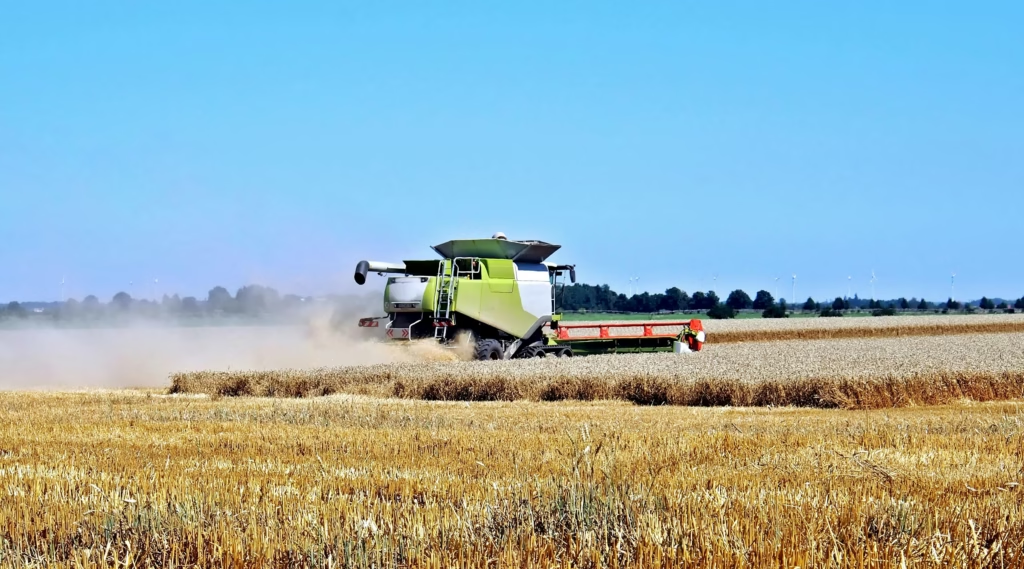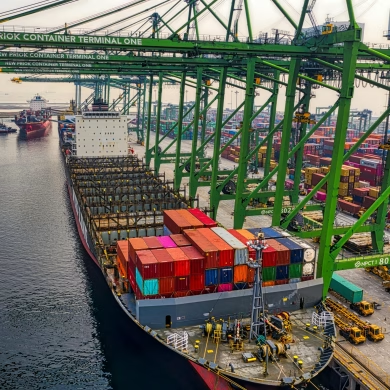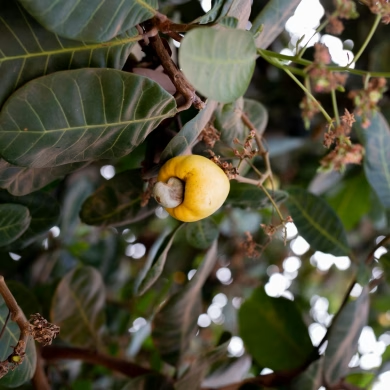
In many parts of the world, particularly in developing regions, farmers face a major challenge that often goes unnoticed—Post-Harvest Loss. This silent crisis occurs between the time crops are harvested and the moment they reach the consumer. It affects food availability, farmer incomes, and overall economic growth. In Africa alone, it’s estimated that up to 30–50% of perishable crops never make it to market due to poor handling, storage, and transportation.
Ahar Group has recognized this issue as not only a logistical problem but a humanitarian one. Their commitment to reducing Post-Harvest Loss is rooted in practical, low-cost, and scalable solutions that empower local farmers and strengthen the entire agricultural value chain.
What is Post-Harvest Loss?
Post-Harvest Loss refers to the measurable reduction in quality and quantity of food products between harvest and consumption. It can result from mechanical damage, pest infestations, microbial spoilage, poor packaging, improper storage, and inefficient transportation systems.
These losses are particularly significant in fruits, vegetables, grains, and legumes—products that are vital to food security and economic livelihoods. The consequences are not limited to food scarcity. Post-harvest losses mean lost income for farmers, increased market prices for consumers, and wasted resources such as water, land, and labor used in production.
The Need for Simple, Effective Solutions
While there are high-tech innovations that can reduce Post-Harvest Loss, these are often inaccessible to smallholder farmers due to high costs, lack of technical knowledge, or unreliable infrastructure. What farmers need are affordable and easy-to-adopt solutions that don’t require drastic changes to their traditional methods.
This is where Ahar Group’s approach stands out. Instead of overcomplicating the problem, Ahar identifies the key points of loss in the supply chain and addresses them using proven, low-barrier technologies and training.
Ahar’s Core Solutions to Reduce Post-Harvest Loss
1. Improved Harvesting Techniques
One major cause of Post-Harvest Loss is rough or untimely harvesting. Ahar trains farmers on when and how to harvest to avoid bruising, over-ripening, or exposure to contaminants. Proper timing and handling can prevent immediate spoilage and increase shelf life.
2. Affordable On-Farm Storage Solutions
In many rural areas, crops are stored in bags or makeshift shelters that offer little protection from heat, moisture, or pests. Ahar supports the use of hermetic storage bags, low-cost silos, and ventilated crates. These innovations help maintain product quality while preventing pest infestation and mold growth.
3. Efficient Drying Methods
For crops like maize, groundnuts, and legumes, drying is essential to prevent fungal infections. Traditional sun drying often exposes produce to dust, rain, and animals. Ahar promotes the use of raised drying racks and low-cost solar dryers that enhance food safety and reduce losses during drying.
4. Cold Chain Development
Perishable goods like fruits and vegetables require proper temperature control after harvest. While large-scale refrigeration may be out of reach for many farmers, Ahar facilitates access to shared cold storage units or community cooling centers. These are strategically placed and managed to extend the freshness of produce and allow more time for sale.
5. Packaging Innovations
Ahar emphasizes the importance of quality packaging in minimizing Post-Harvest Loss. The organization provides training and access to breathable, stackable crates, and moisture-resistant bags. This prevents crushing during transport and maintains the freshness of products longer than traditional sacks or boxes.
6. Transportation Support
Another major factor contributing to post-harvest losses is the lack of reliable transport. Crops often travel long distances on poorly maintained roads in open vehicles. Ahar works with logistics partners to ensure timely, covered, and efficient transportation options that protect food from mechanical damage and weather exposure.
7. Training and Capacity Building
Technology alone cannot solve the issue of Post-Harvest Loss. Ahar invests in educating farmers, aggregators, and traders about the entire post-harvest process. Training includes handling techniques, hygiene standards, record-keeping, and awareness of market demands. These sessions help bridge the knowledge gap and make sure solutions are used effectively.
Why This Matters for Africa’s Agricultural Growth
Africa holds immense agricultural potential, but Post-Harvest Loss continues to undermine productivity and profitability. By cutting losses, farmers can earn more from the same land without increasing inputs. This leads to better food availability, lower prices for consumers, and a stronger export market.
Ahar’s model doesn’t just reduce waste; it unlocks value. With proper post-harvest systems in place, crops that once spoiled in the field are now reaching both local and international markets in better condition. The ripple effect includes job creation, improved nutrition, and rural development.
Sustainable and Scalable Impact
What sets Ahar apart is its focus on scalability. The solutions are not limited to pilot programs or short-term projects. By involving farmer cooperatives, local entrepreneurs, and government agencies, Ahar ensures that the interventions are embedded in the local ecosystem.
The approach is built to adapt. Whether in a humid coastal region or a dry inland village, Ahar customizes its post-harvest solutions based on the crop type, environment, and market requirements. This flexibility ensures relevance and long-term success.
Looking Ahead
The fight against Post-Harvest Loss is not just about saving food—it’s about respecting the effort that goes into every harvest, preserving farmer dignity, and strengthening food systems. Ahar’s commitment to simple yet powerful solutions demonstrates that even in resource-constrained settings, transformation is possible.
As the demand for traceable, high-quality agricultural products continues to grow globally, addressing post-harvest inefficiencies is more important than ever. Reducing Post-Harvest Loss is not only smart economics—it’s a pathway to food security, rural prosperity, and sustainable agriculture.
Conclusion
In a world where millions go hungry and farmers struggle with thin profit margins, allowing food to go to waste after harvest is no longer acceptable. Through practical, farmer-centered interventions, Ahar is proving that Post-Harvest Loss can be significantly reduced—even with limited resources.
With better training, smart packaging, safe storage, and efficient transport, much of what is lost can be saved. And in doing so, farmers stand to gain more than just income—they gain resilience, pride, and a stronger voice in the global food economy.










Add comment